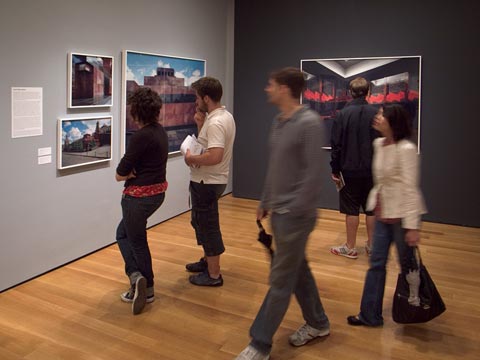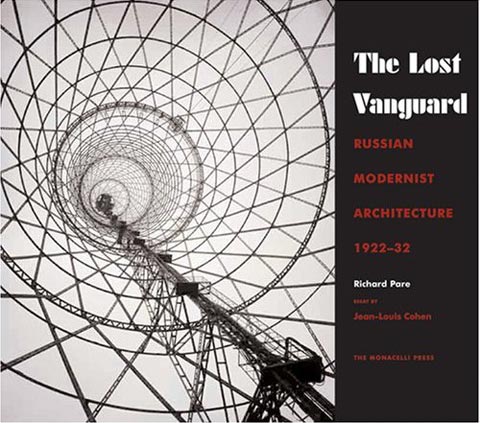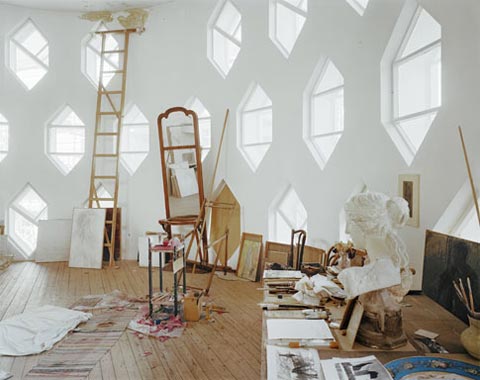New York/Richard Pare

Richard Pare's photos at the Museum of Modern Art
Views of Lenin's tomb in Red Square, Moscow
Richard Pare's photo documentation of early modernist architecture in Russia is currently on display at the Museum of Modern Art and in the book The Lost Vanguard, Russian Modernist Architecture, 1922-32. Pare is one of the finest architectural photographers I know, and I've always admired how he has figured out ways to pursue major personal projects without drowning in assignment work tailored for the glossy magazines.

The Lost Vanguard book cover, Richard Pare
I know Richard from Cooper Union, where he was one of my teachers. Shortly after graduating I began photographing the Lower East Side, and Richard bought a number of prints of that work for the Canadian Centre for Architecture. In those days he was, perhaps, more known for his work as a curator and collector. His scholarly book, Photography and Architecture: 1839-1939, highlights the work he acquired for the CCA. The only comparable book is Cervin Robinson's Architecture Transformed: A History of the Photography of Buildings from 1839 to the Present.
The thing about photographers like Richard Pare--and Cervin Robinson--is that they understand that sometimes it is best to remain nearly invisible and let the object dominate the image. Interestingly, despite such a self-effacing modus operandi, the vision of the photographer eventually emerges. It may not be as overt as what we are used to seeing, but style is, in my opinion, an overrated concept.
Often, the critical point lies within the pursuit of a project or thematic idea. Pare, for instance, brings his intellectual curiosity and knowledge of architectural history to whatever he does. A project on the scale of the Russian vanguard required research, repeated trips--often under less than ideal circumstances--patience, and a good deal of doggedness. He sought out the remnants of the modernist movement that survived the Soviet years, and now, in many cases, lie neglected and threatened by real estate developers.

Melnikov House interior, Konstantin Melnikov, 1927-31, Richard Pare
The result is a photography exhibition (and book), although it is shown in the architecture department of MoMA. It is beautifully printed (with Ben Diep of Color Space Imaging) and well presented in the gallery. It is, of course, an exhibit about architecture, but I would urge one to see it as a photographic journey as well. Ultimately, it is the totality of the project that counts.
On a personal note, I have always been fascinated by the short-lived Russian avant-garde in architecture and in the fine arts. It is sobering to realize that artistic expression can be effectively suppressed by ideological hysteria in its various forms. Back when I was working on my east/west border project I wrote--over in my musical life--a song about the end of the Soviet Union from the perspective of architects' utopian dreams. Here's the sound file: Cities on the Aerial Paths of Communication.

0 Comments:
Post a Comment
Links to this post:
Create a Link
<< Home